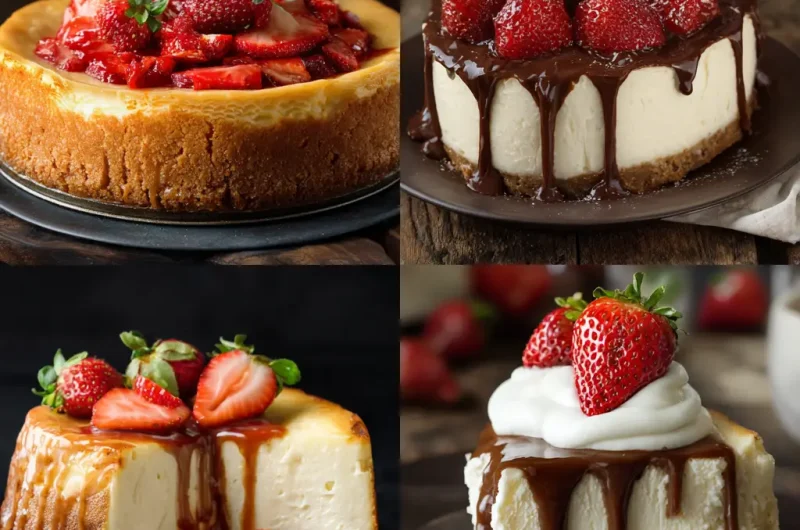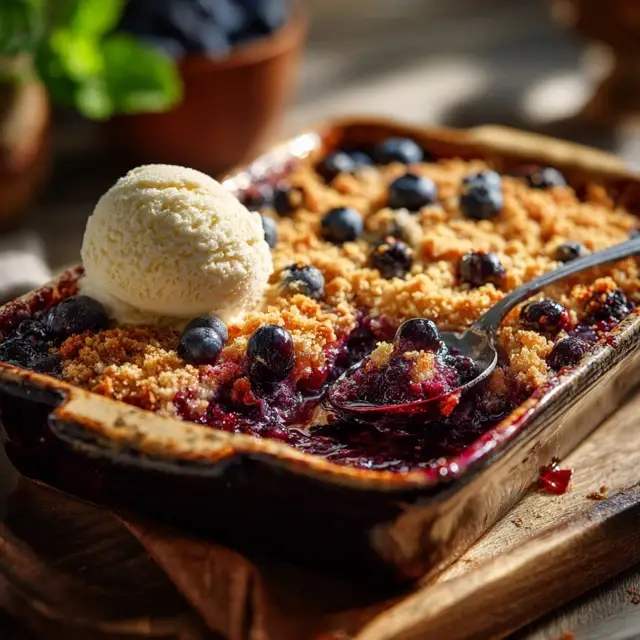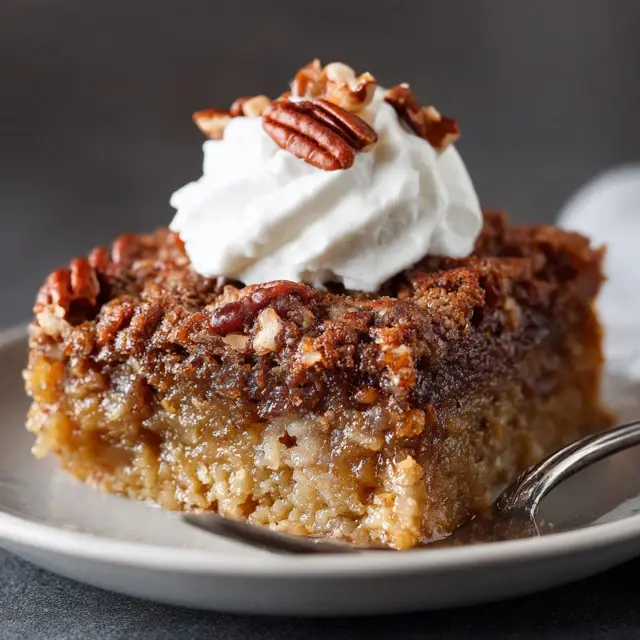Cheesecake Recipes That Are Creamy, Easy, and Perfect Every Time
Introduction
Cheesecake is more than just a dessert. It’s a timeless indulgence that brings comfort, joy, and often a little celebration to the table. Whether it’s a creamy New York-style classic or a lighter no-bake version, cheesecake has a way of making any occasion feel special. What makes it even better is how customizable and approachable it can be, even for beginners.
Baking the perfect cheesecake doesn’t require a culinary degree. What it does take is a bit of patience, quality ingredients, and a few tips and tricks that transform a good cheesecake into a great one. You don’t need fancy equipment or hard-to-find ingredients. In fact, most cheesecake recipes rely on pantry staples and a few fresh items from the fridge.
If you’ve ever hesitated to make one at home, maybe worried about cracks on top or that infamous sinking middle, this guide will walk you through everything step by step. The process is simple once you know the flow. And the result? A silky, rich, and absolutely irresistible dessert.
Whether you’re baking for a family gathering, a romantic dinner, or just craving a slice on a quiet afternoon, these recipes will guide you toward cheesecake perfection. Let’s dive into the ingredients, methods, and secrets that help elevate every bite.
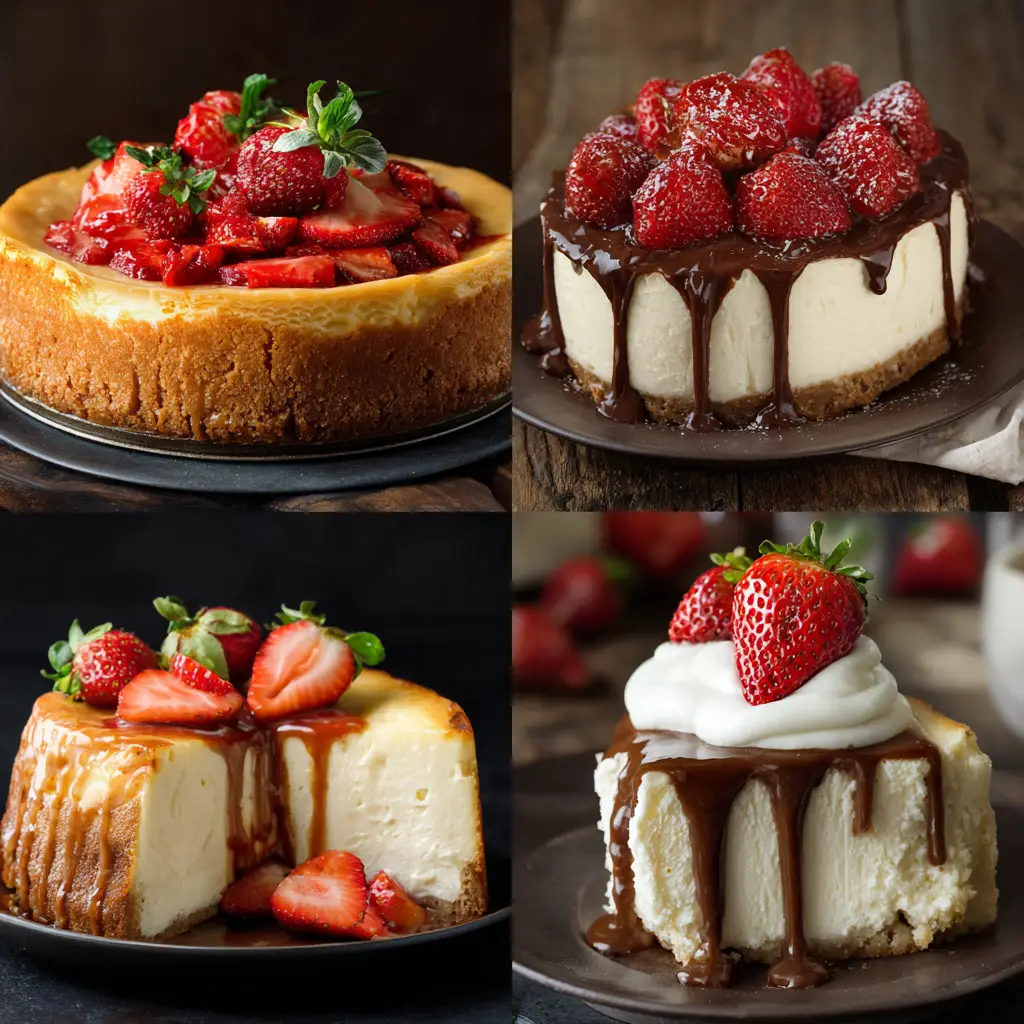
Ingredients Needed
Below is a basic ingredient list for a classic baked cheesecake. Feel free to adapt it later based on personal preference or dietary needs.
| Ingredient | Quantity | Calories (Approx.) |
|---|---|---|
| Cream cheese | 24 oz (3 packs) | 2280 |
| Granulated sugar | 1 cup | 774 |
| Eggs | 3 large | 210 |
| Sour cream | 1 cup | 492 |
| Vanilla extract | 1 teaspoon | 12 |
| Graham cracker crumbs | 1 ½ cups | 450 |
| Unsalted butter (melted) | 6 tablespoons | 612 |
| All-purpose flour | 2 tablespoons | 57 |
| Lemon juice (optional) | 1 tablespoon | 4 |
Total Calories for Entire Cheesecake: Approx. 4891
(Note: Final calorie count per slice depends on portion size)
Step-by-Step Cooking Instructions
Step 1: Prepare the Crust
Start by preheating your oven to 325°F (163°C). In a medium bowl, mix the graham cracker crumbs with melted butter until the texture feels like wet sand. Press this mixture into the bottom of a springform pan, making sure it’s firmly packed. Bake for 10 minutes, then remove and let it cool while you prepare the filling.
Step 2: Make the Filling
In a large mixing bowl, beat the cream cheese until smooth and creamy. Add the sugar and continue to beat until well combined. Incorporate the eggs one at a time, mixing just until blended. Overmixing can introduce air, which leads to cracks later on.
Add sour cream, vanilla extract, and flour. Mix until everything is smooth. If you like a subtle tang, squeeze in a bit of lemon juice. This not only adds flavor but also balances the richness.
Step 3: Assemble the Cheesecake
Pour the cream cheese filling over the cooled crust. Smooth the top with a spatula. Tap the pan gently on the counter to remove any air bubbles.
Step 4: Bake with a Water Bath
To avoid cracks, bake the cheesecake in a water bath. Wrap the outside of the springform pan with foil to prevent leaks. Place the pan into a larger roasting pan and fill the outer pan with hot water halfway up the sides.
Bake for about 55 to 70 minutes, or until the center is almost set but still slightly jiggly. The edges should be firm while the middle has a bit of movement.
Step 5: Cool and Chill
Turn off the oven and crack the door slightly. Let the cheesecake cool inside for an hour to prevent sudden temperature changes. Once removed, run a knife around the edge to prevent sticking. Refrigerate for at least four hours, preferably overnight.
Tips for Customizing the Recipe
- Add a flavor swirl: Swirl in raspberry puree, chocolate ganache, or caramel before baking for a beautiful pattern and burst of flavor.
- Change the crust: Use crushed Oreos, shortbread cookies, or even gingersnaps for a different base.
- Make it gluten-free: Substitute gluten-free graham crackers and a bit of almond flour in the crust.
- Create mini cheesecakes: Use a muffin tin lined with cupcake wrappers for single-serving cheesecakes.
- Try a no-bake version: Replace flour and eggs with whipped cream and gelatin. No baking required—just chill and enjoy.
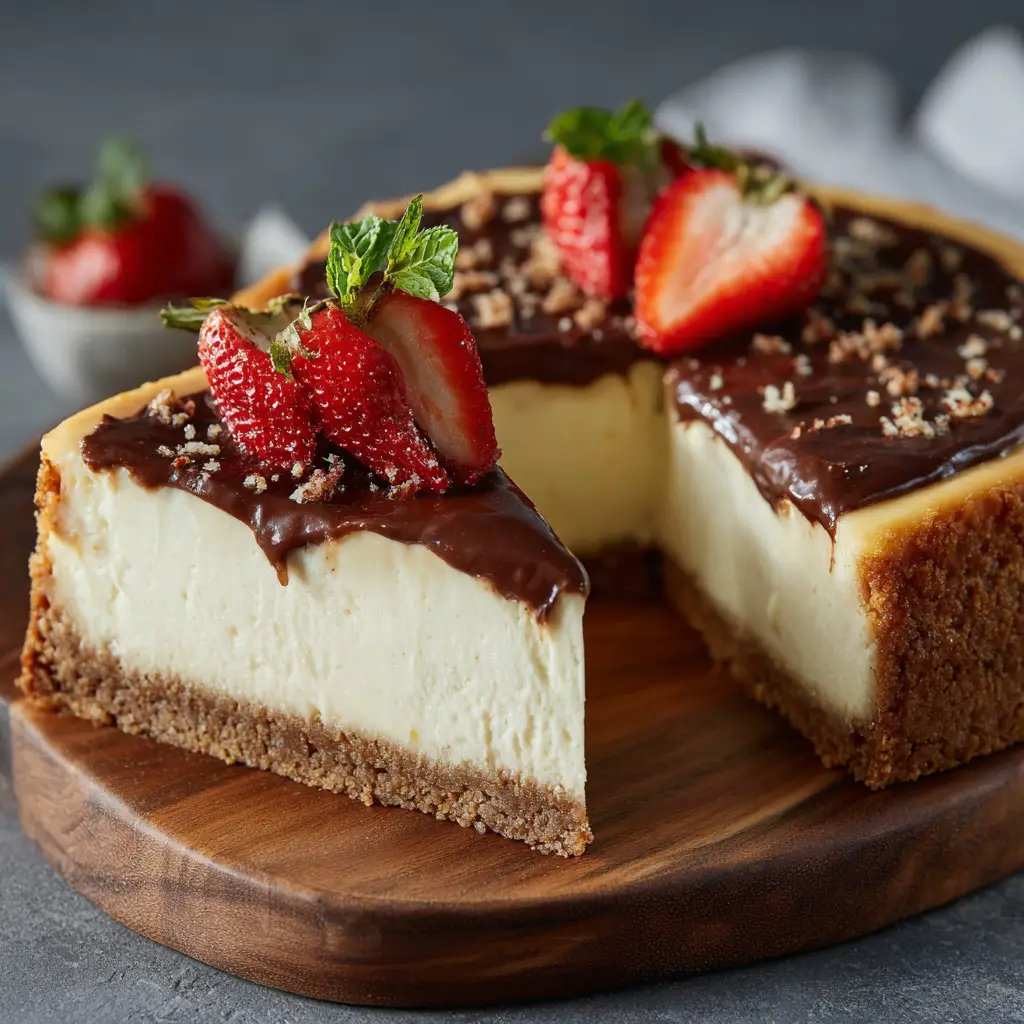
Nutritional Information
For a cheesecake divided into 12 slices:
- Calories per slice: Approximately 408
- Total fat: 29g
- Saturated fat: 17g
- Cholesterol: 115mg
- Carbohydrates: 30g
- Sugar: 23g
- Protein: 6g
- Fiber: Less than 1g
These values will vary depending on any toppings, mix-ins, or ingredient substitutions you choose.
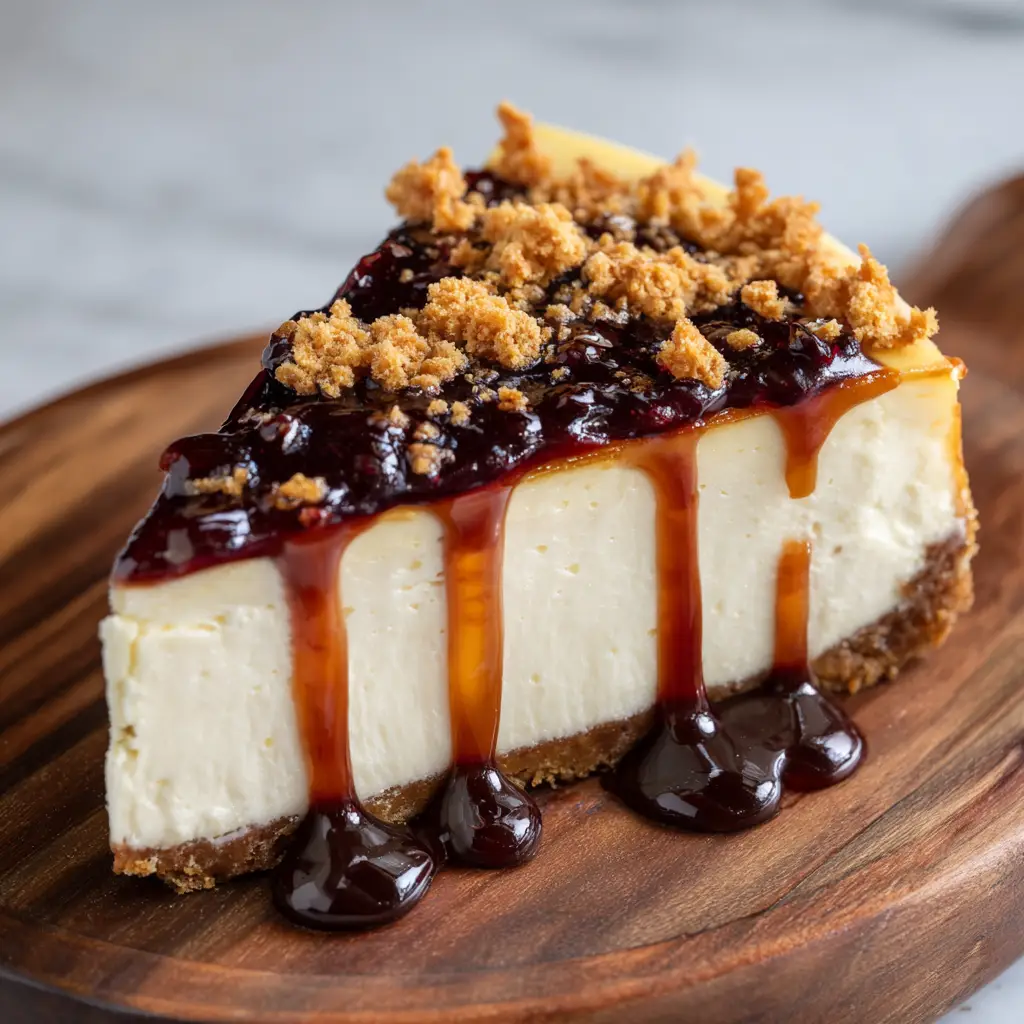
Serving Suggestions
Presentation makes a big difference when serving cheesecake. Here are a few simple ideas to elevate each slice:
- Top with fresh berries like strawberries, raspberries, or blueberries for color and a hint of tartness.
- Drizzle with chocolate sauce, caramel, or fruit coulis.
- Add a dollop of whipped cream and a sprig of mint.
- Serve with a warm espresso or dessert wine to balance the richness.
If you’re hosting, slice the cheesecake ahead of time and clean the knife between cuts for a clean, professional look.
Cheesecake Recipes That Are Creamy, Easy, and Perfect Every Time
Course: Blog12
servings20
minutes4
minutes408
kcalIngredients
For the Crust:
1½ cups graham cracker crumbs
6 tablespoons unsalted butter, melted
2 tablespoons sugar (optional)
For the Filling:
24 oz cream cheese (three 8 oz packages), softened
1 cup granulated sugar
3 large eggs
1 cup sour cream
1 teaspoon vanilla extract
2 tablespoons all-purpose flour
1 tablespoon lemon juice (optional)
Directions
- Preheat the oven to 325°F (163°C). Grease a 9-inch springform pan.
- Make the crust by combining graham cracker crumbs and melted butter in a bowl. Mix until the texture resembles wet sand. Press the mixture firmly into the bottom of the pan. Bake for 10 minutes. Remove and let cool.
- Prepare the filling by beating the cream cheese in a large bowl until smooth. Add sugar and beat until well incorporated.
- Add the eggs one at a time, mixing on low speed until just combined. Avoid overmixing.
- Mix in sour cream, vanilla, flour, and lemon juice (if using). Beat until the batter is smooth and creamy.
- Pour the filling into the cooled crust. Smooth the top with a spatula.
Recipe Video
Notes
- For a smooth texture, make sure all ingredients are at room temperature before mixing.
Avoid overmixing once eggs are added. This prevents cracks.
To make slicing easier, wipe the knife clean between each cut.
Frequently Asked Questions
How do I know when my cheesecake is done?
The edges should be set and slightly puffed, while the center should still have a slight wobble. It will firm up as it cools.
Why did my cheesecake crack?
Cracks often result from overmixing, baking too long, or cooling too quickly. A water bath and slow cooling process help prevent this.
Can I freeze cheesecake?
Yes, cheesecake freezes well. Wrap it tightly in plastic wrap and foil. Freeze for up to 3 months. Thaw overnight in the refrigerator before serving.
Is it necessary to use a springform pan?
A springform pan is ideal for easy removal, but if you don’t have one, use a well-greased deep pie dish or cake pan lined with parchment.
What toppings go well with cheesecake?
Fruit compotes, chocolate shavings, toasted nuts, and citrus zest are all excellent choices depending on the season and flavor of the cheesecake.
Conclusion
Cheesecake might look intimidating at first glance, but with the right steps and a little attention to detail, it becomes one of the most satisfying desserts to make from scratch. Its creamy texture, rich flavor, and endless adaptability make it a favorite for good reason.

